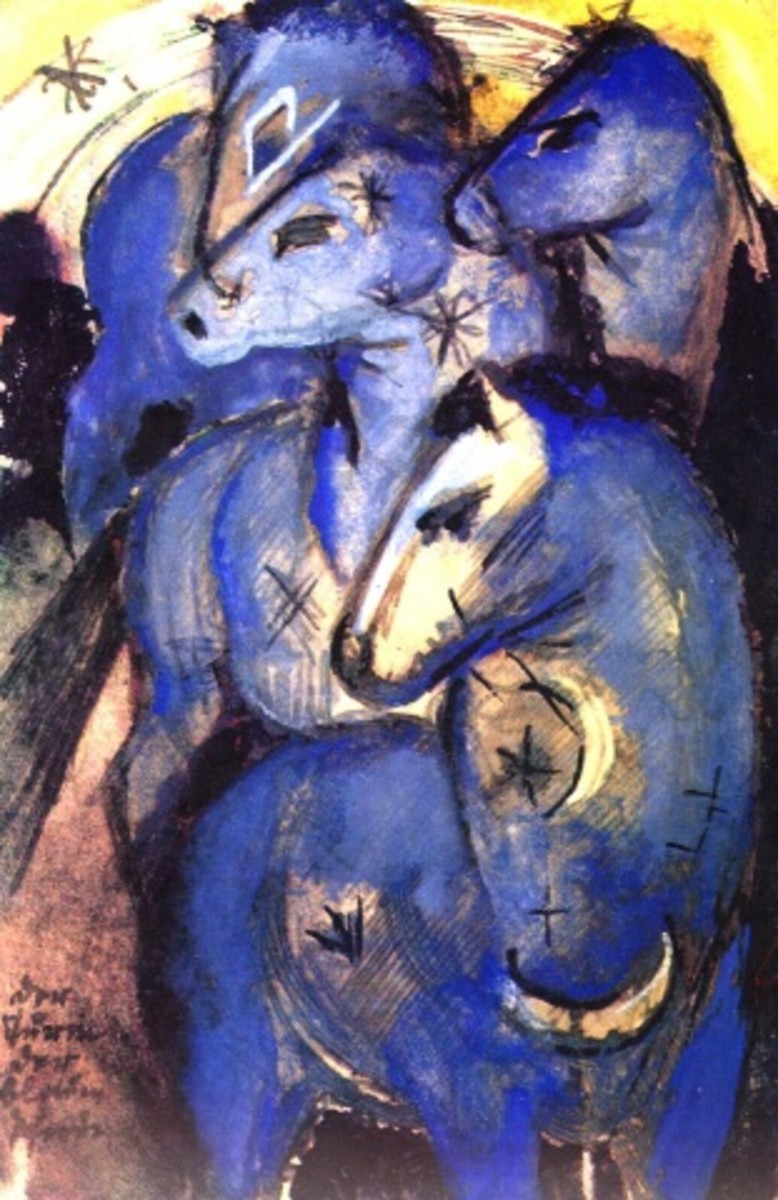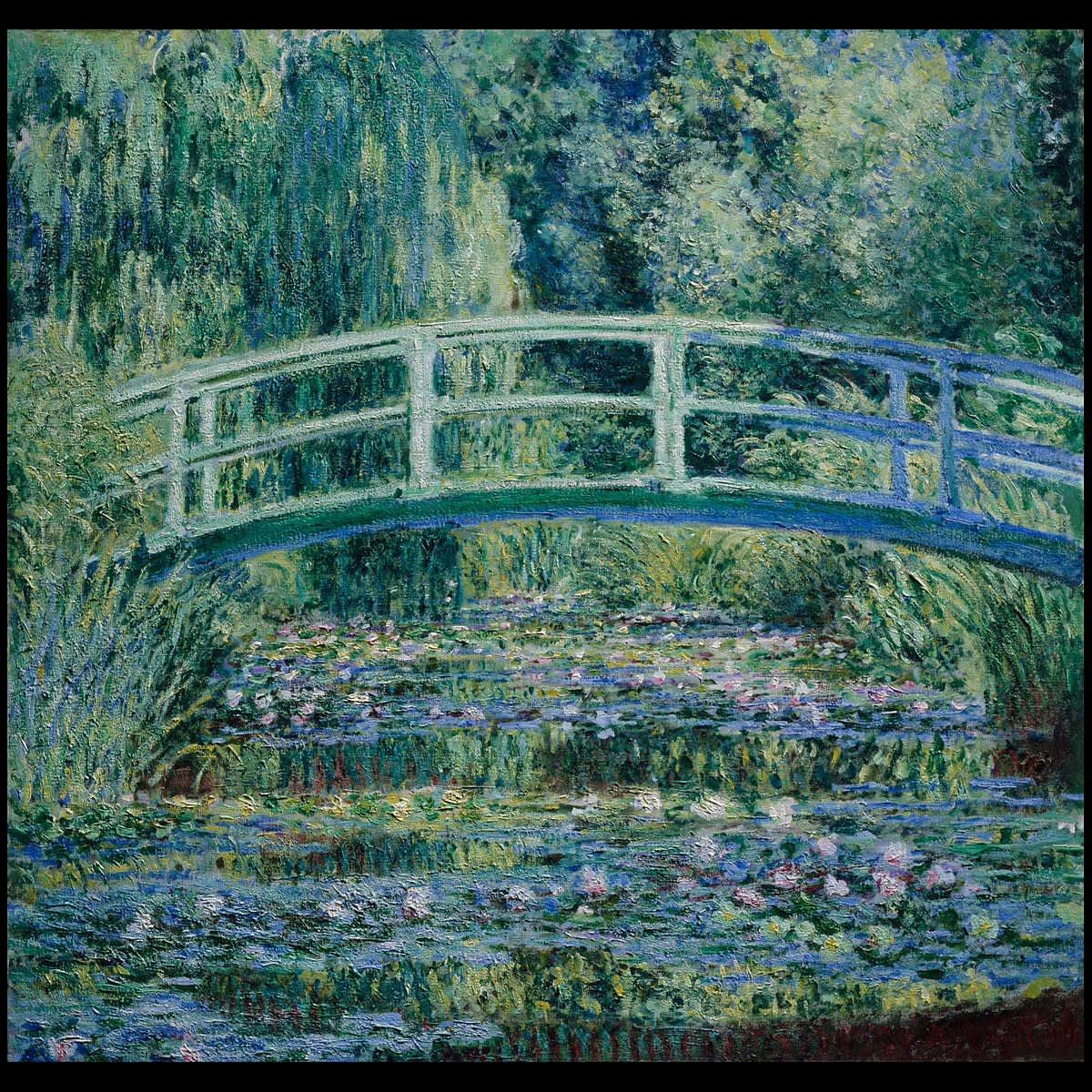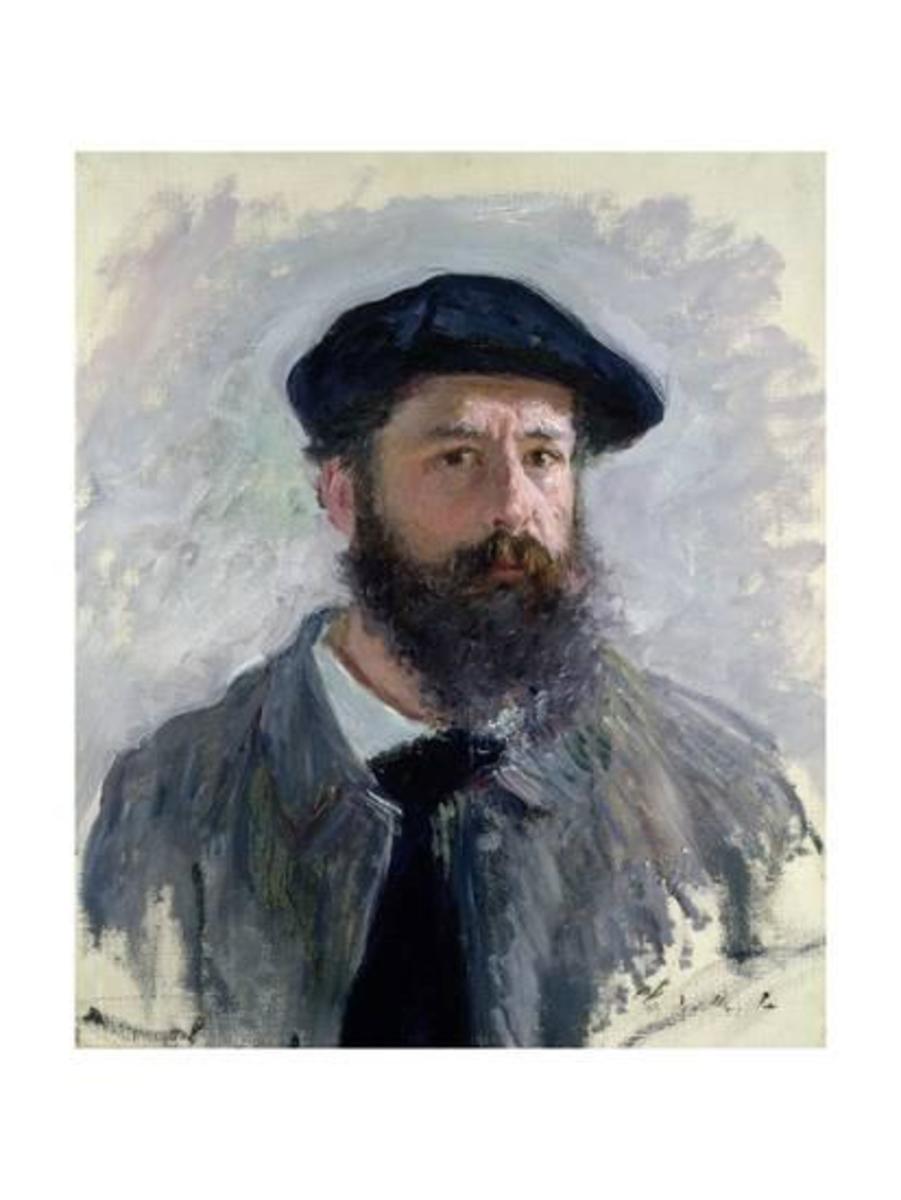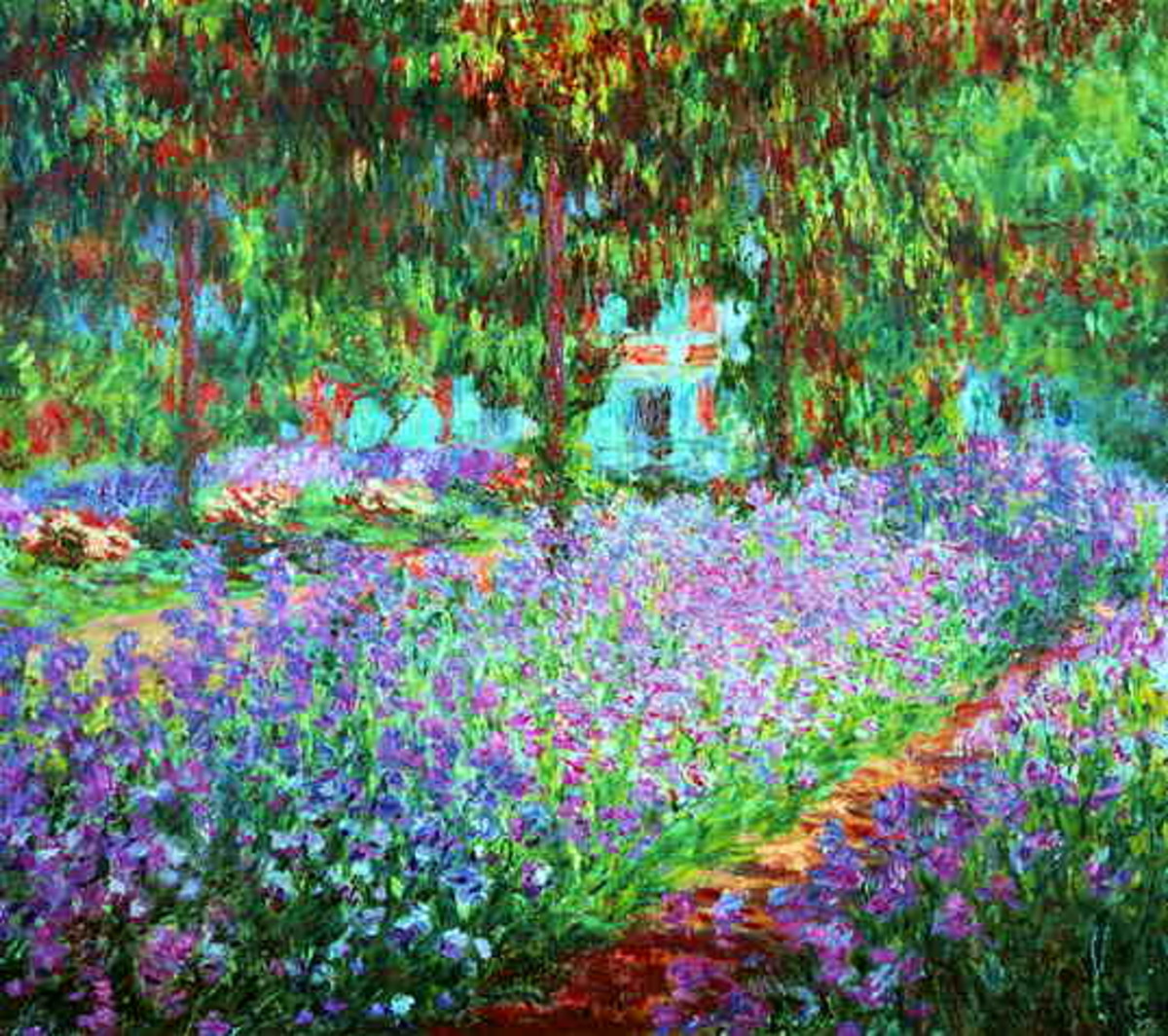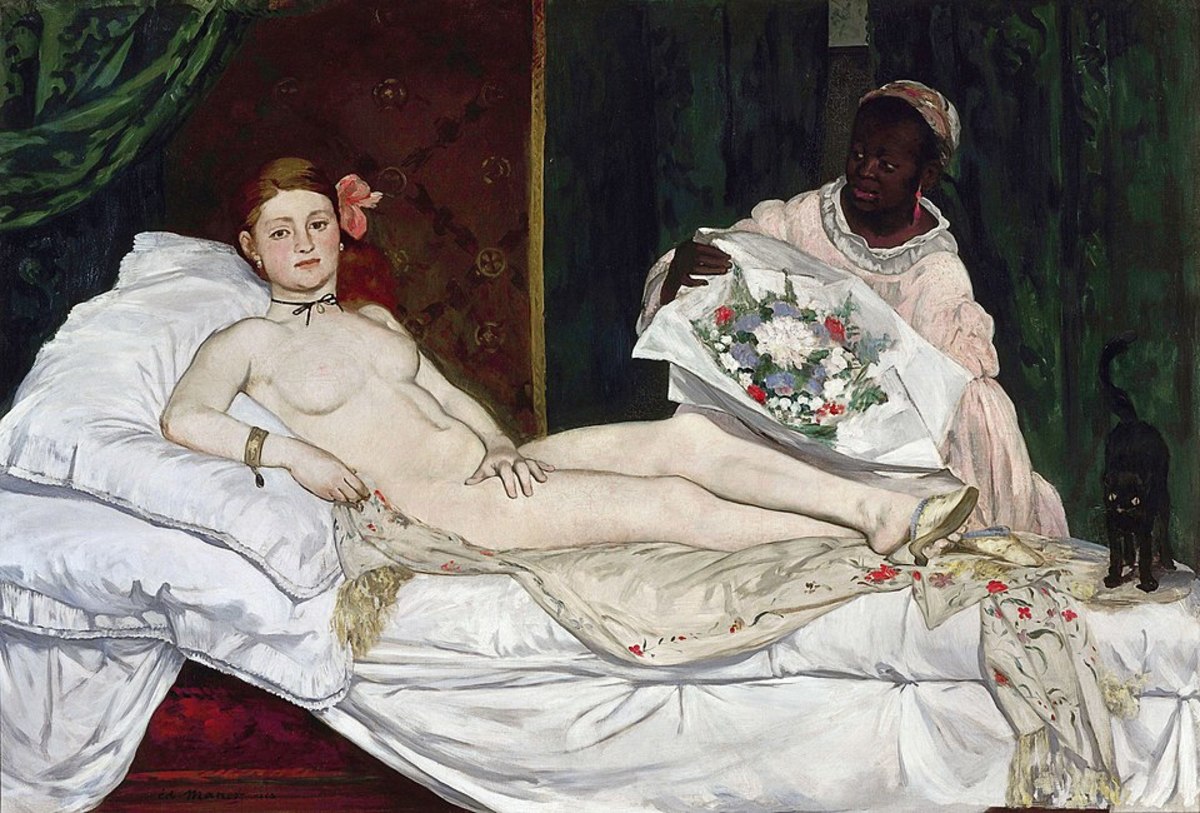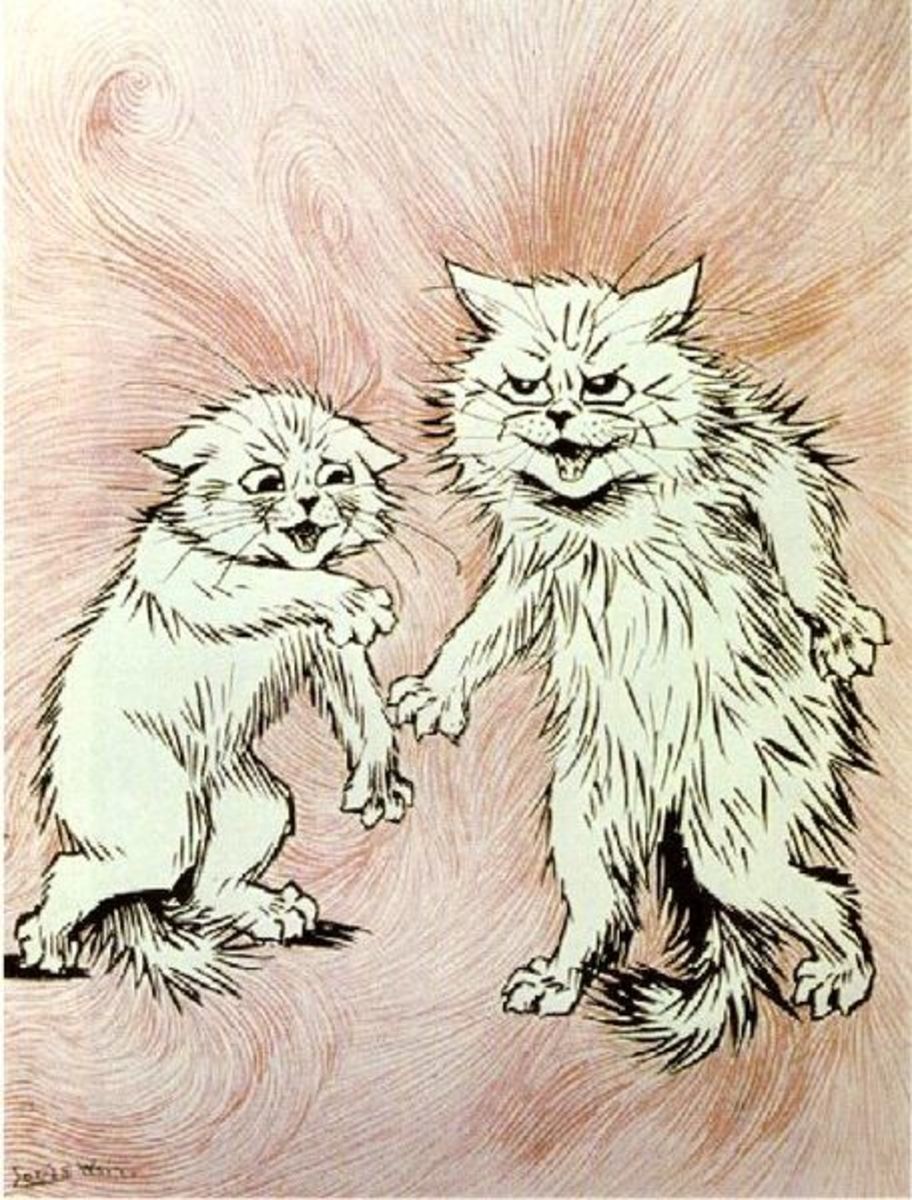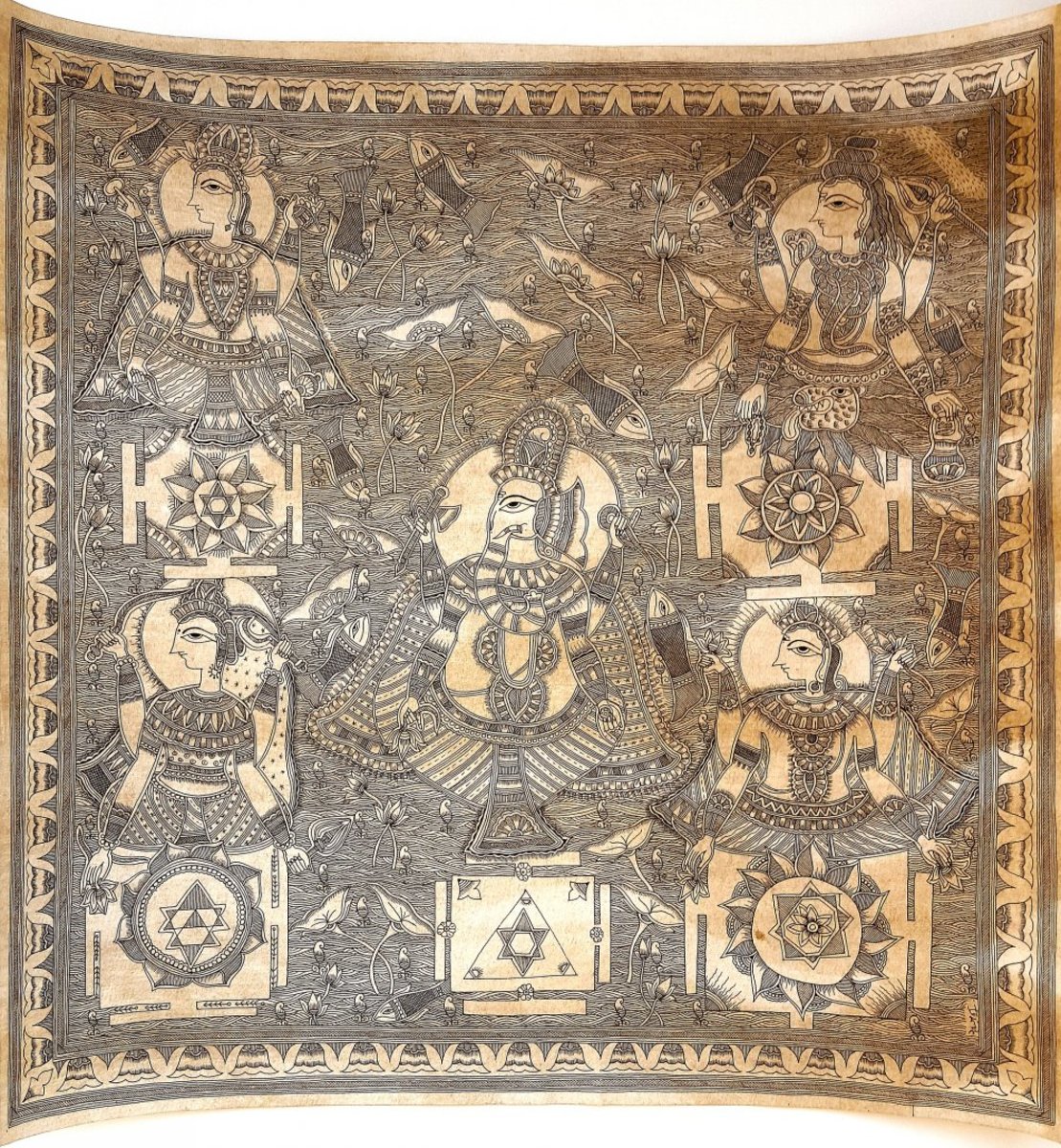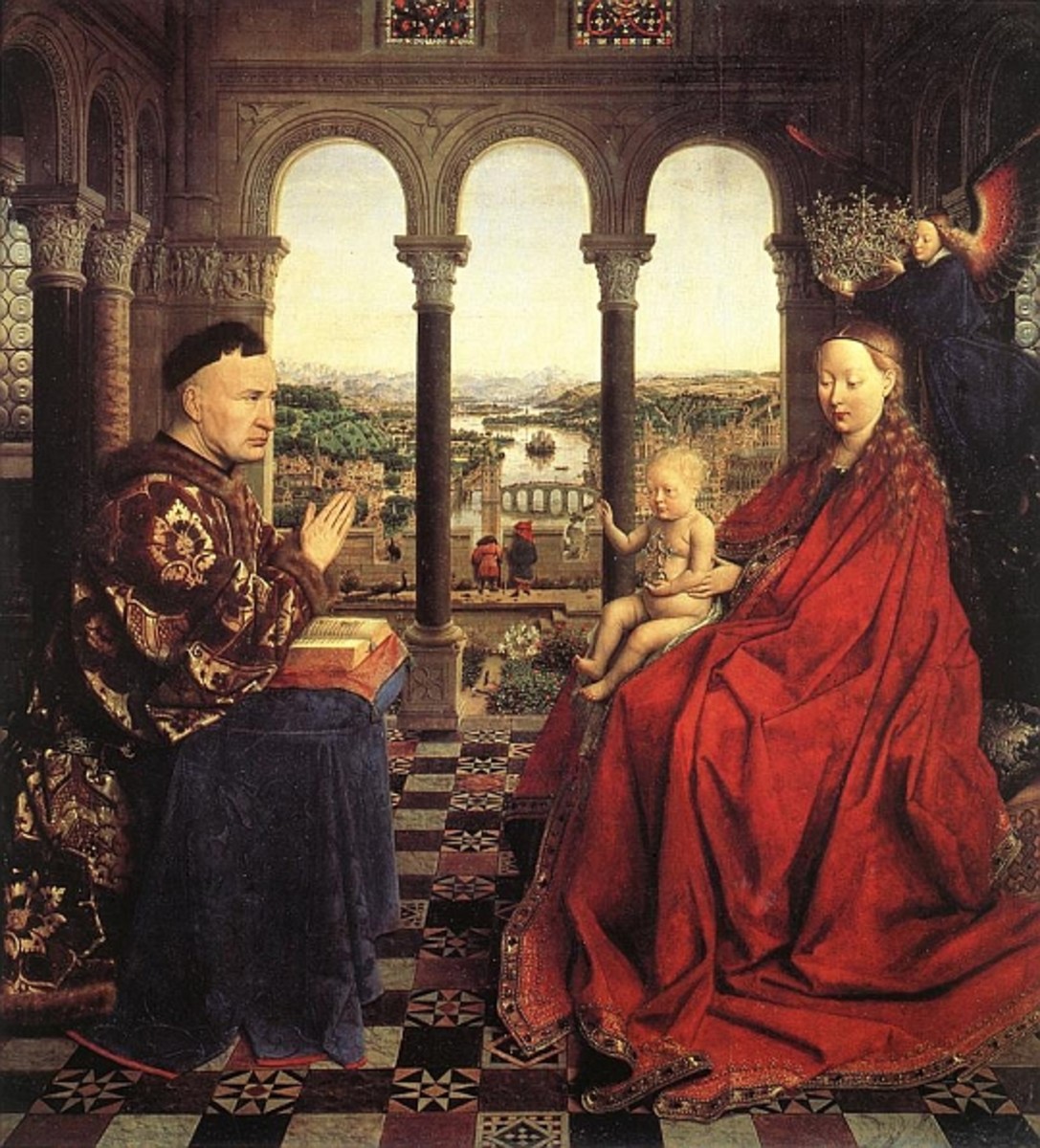Claude Monet - His Path to Painting
Monet in Garden 1922
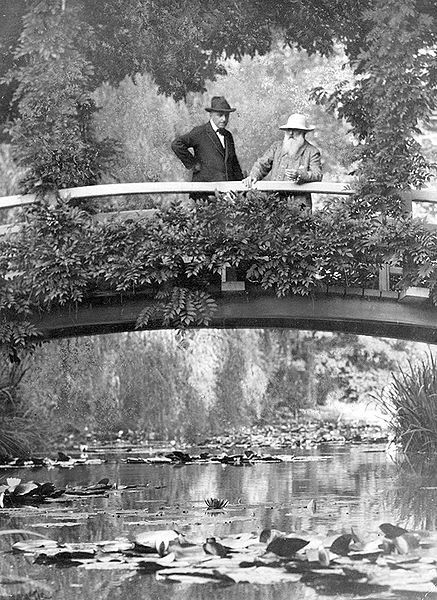
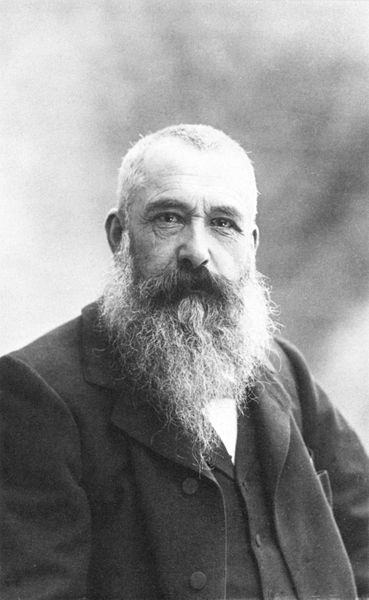
Some of Monet's Caricatures
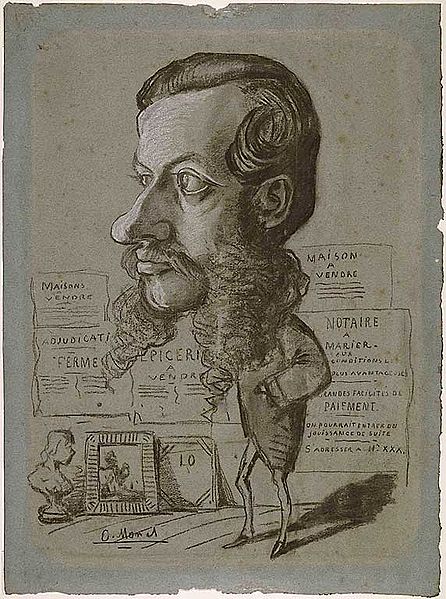
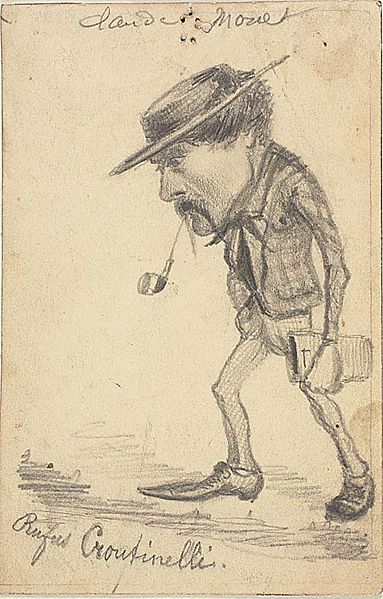
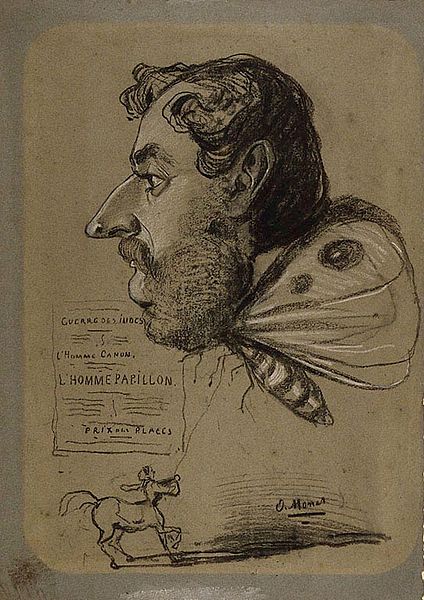
Young Claude Monet
Brief Childhood History
Claude Monet was born in Paris France on November 14, 1840. He was the second son born to his parents, Adolphe and Louise-Justine . Within a few years of Monet's birth, they moved to Le Havre. His father was a business man, and he joined the firm in this area. The firm was within the family, a branch going by the name Lecadre. Monet's mother was a part of his life until he turned 17 years old, when she passed away.
The firm that his father became a part of, has to do with wholesalers and ships' chandlers. The Lecradre family was well established, and had a large home in the town. They also had property not too far away near the seaside resort of Sainte Adresse.
Monet attended Le College du Havre as a day boy. He studied drawing there under a very dedicated teacher named Francois - Charles Orchard. Orchard had been a pupil of Jacques - Louis David. It turns out that Orchard taught many students who later became known as artists. One of those students was Charles Lhuillier, who later became the director of Ecole des Beaux - Arts at Le Havre. He was the teacher of Othon Friesz and Raoul Dufy as well. So you can get the sense that he was in good hands from the beginning.
The Shaping of an Artist
Monet's mother was known for her beautiful singing. She was known for having a lovely voice. Being only seventeen, and with Monet's relations with his father being strained, it had to be a hard time on the young man when he lost his mother. He and his father didn't get along usually, but after his mother's death, it was worse than before.
Claude wanted to leave school without his baccalaureate. His father didn't want him to, but gave in somewhat reluctantly after a while. Monet had an aunt who was an amateur painter. She took him in, and allowed him use of her studio. It was a good thing for him, as she was sympathetic to his temperament.
There was some correspondence going on between Mme. Lecadre and several other of her artist friends. She turned to them for advice. Between them all, they were able to allow for and encourage Monet to continue to practice drawing.
Claude Monet, Coming into his own
Before long, Claude was well aware of his talent for drawing comics and caricatures. He turned this talent into a money making venture, and why not? Friends and families paid him for his drawings. He also sold some to well known personalities in the city. Can you imagine being one of the first to get one of these early caricatures? What a treasure! I share some of these caricatures here but there are many more.
Monet gained some inspiration from the Parisian press. At some point he had an arrangement with a local framer, as well as a color merchant named Gravier. This allowed him to showcase some of his art to passers by. More and more people became acquainted with his drawings.
This is where I found the story to get really interesting as there was a decisive encounter which took place for Monet. He later told his biographers that it was this encounter that led him to become a painter. The person that made such an impact was Eugene Boudin.
Boudin had been working in Le Havre and this neighborhood all his life. Some refer to this point of Monet's life as his "conversion story", making that leap from drawing to painting. Eugene had some frames made for his own paintings at Gravier's shop, so Monet had seen some of his paintings.
Monet hadn't thought too much of the paintings by Eugene Boudin initially. They were mainly landscapes and modest seascapes. He had painted them out in the open. Monet even thought some of the paintings were horrible, compared to what was in fashion at the time to him. He was used to the false and arbitrary color, and fantastical arrangements of other artists, and more fond of that type of art. This art by Eugene Boudin didn't do too much for him initially.
You can imagine how Monet felt when he learned that Gravier had recommended Boudin to him, saying something like how this painter would have so much to teach him. He probably was less than impressed. It might have been putting it nicely, to say he was reluctant at first. One day of course, they were in the shop at the same time, so they did meet. Boudin complimented Monet on his caricatures, but then went on to say that Claude must not stop there. In fact, he said, "You must study, learn to see and to paint, draw, make landscapes." Monet was a bit resistant to this advice. Months later however, and still doubtful, Monet and Boudin went out of doors together. He just had a hard time mustering up enthusiasm for those kinds of paintings, those like Boudin's.
Being Outside With an Easel
Where Boudin and Monet went, was not far from town. Boudin pitched his easel in the countryside, and began to work. Monet watched on, skeptically. Before long, Monet responded as if a veil had been lifted. He said, "I had understood, I had seen what painting could be, simply by example of this painter working with such independence at the art he loved. My destiny as a painter was decided."
It didn't take long for Monet to tell his father that this was the path he wanted to be on. He left for Paris and continued on. I was just so amazed as I read the accounts, because it wasn't automatic, or a given that Monet would be a painter. In fact, it was quite opposite of what I would have pictured. There is so much more to say, but this hub is dedicated to that passage from childhood through to the deciding point of wanting to be a painter. He had a lot of encouragement along the way, and was willing to face his skepticism head on. Imagine if he had never listened to the encouragement he received?
Eugene Boudin at Deauville -Trouville. A Man that made a big impact on Monet.
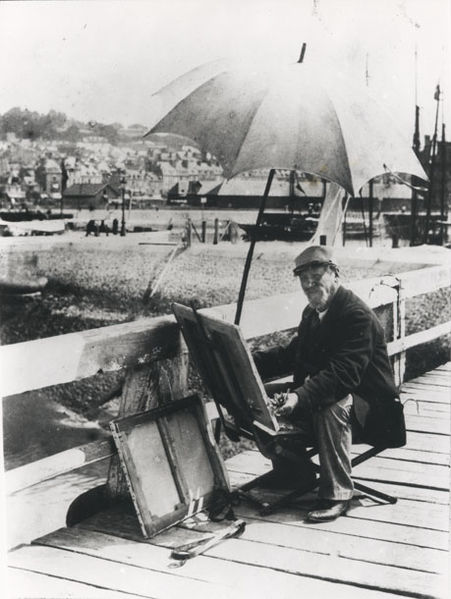
View of Bennecourt - Oil on Canvas
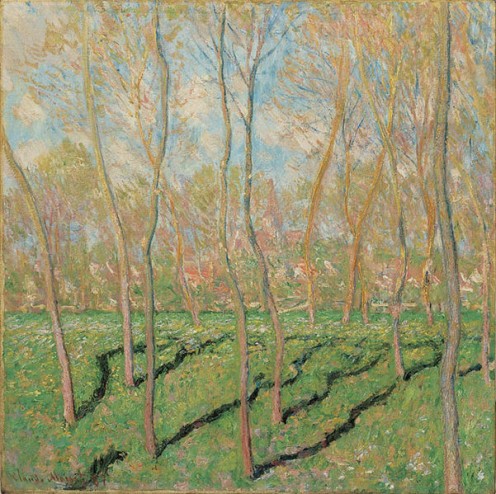
A Must See Hub, from Lesley aka Movie Maker - A lovely artist :)
- Me and Claude Monet - My Story
The story of how after being widowed, I went back to college to take a course in Art and was inspired by the work of Claude Monet.

